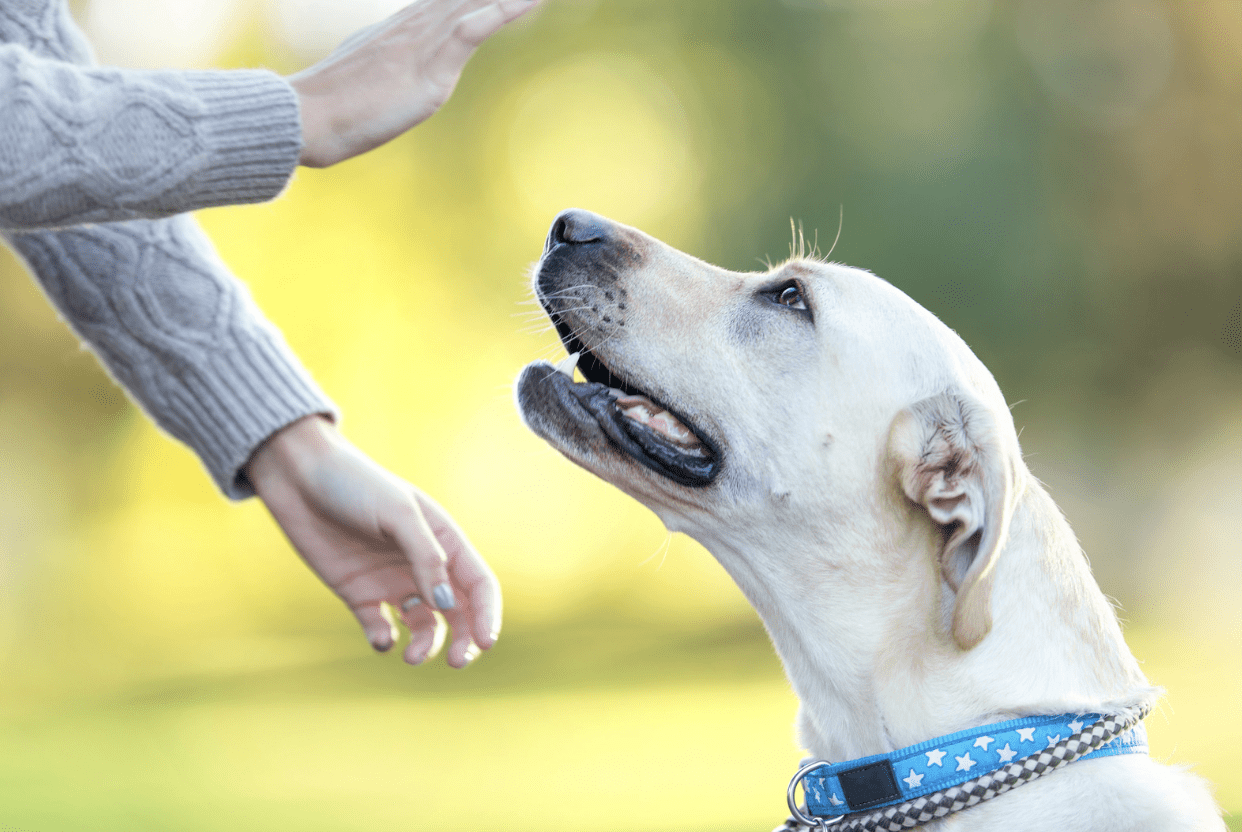
Training a Deaf Dog: Hand Signals, Tools, and Patience
Believe it or not, training a deaf dog is just as easy as training any other pup! Whether your dog was born deaf or lost hearing later in life, learning to communicate through hand signals and positive reinforcement is key. In this guide, we’ll cover the essential strategies and equipment you’ll need to succeed.
Why Are Some Dogs Deaf?
Before diving into training methods, it’s important to understand the causes of canine deafness. Dogs may be deaf due to:
- Genetics (common in breeds like Dalmatians, Australian Shepherds, and Boxers)
- Old age and hearing loss
- Injury or illness
Regardless of the reason, deaf dogs can live happy, fulfilling lives with proper care and communication.
Can Deaf Dogs Be Trained? Absolutely.
One of the biggest myths is that deaf dogs can’t be trained. In reality, they just learn differently. Instead of relying on verbal commands, you’ll use visual cues, touch, and vibration to guide their behavior.
The Power of Hand Signals
Hand signals are the foundation of training a deaf dog. These visual cues become your dog’s new “language.”
Common hand signals to teach:
- Sit – Palm up, move hand upward
- Stay – Flat palm facing the dog
- Come – Arm extended out, then pulled inward
- Good job – Thumbs-up signal
- No – Finger wag or flat hand side to side
Tip: Be consistent. Use the same signal for the same command every time. You can even make up your own signals, as long as you’re clear and consistent.
Essential Tools for Training a Deaf Dog
While hand signals do the heavy lifting, certain tools can greatly enhance your communication and training efforts.
Recommended tools:
- Vibration collar (not a shock collar): Used to get your dog’s attention, not punish.
- Clicker (with a flashlight or vibration): For marking desired behaviors.
- Long leash: Ideal for practicing recall in open spaces safely.
- Treat pouch: Makes positive reinforcement quick and easy.
Establishing Visual Attention
Your first training goal should be teaching your dog to check in with you regularly. If they’re not looking, they won’t see your signals.
Training tip: Use a vibration collar to gently get your dog’s attention. When they turn to look at you, immediately reward with a treat and a thumbs-up signal. Repeat often to create a strong association.
Consistency and Patience: Your Best Training Tools
Training a deaf dog takes time and dedication. Unlike verbal cues that can be shouted across a room, hand signals require your dog to be visually aware of you. Keep sessions short, frequent, and full of positive reinforcement.
Pro tips:
- Train in distraction-free environments before moving to more stimulating areas.
- Celebrate small wins! Learning even just one new signal is a big step.
- Stay calm and patient. Your energy influences your dog’s behavior.
Socialization and Safety for Deaf Dogs
Because deaf dogs can’t hear danger (like approaching cars or other dogs), safety is crucial.
- Use a tag or collar that says “I am deaf.”
- Train a solid recall signal using a vibration collar and high-value rewards.
- Supervise playtime with other dogs, especially early on.
Socialization is still important – just ensure it’s structured and safe.
Final Thoughts: Communication Without Words
Training a deaf dog is all about building trust, clear communication, and consistency. With hand signals, helpful tools, and lots of patience, your dog can learn to understand you just as well (if not better) than a hearing dog.
Remember: Deaf dogs aren’t broken, they just listen with their eyes.
